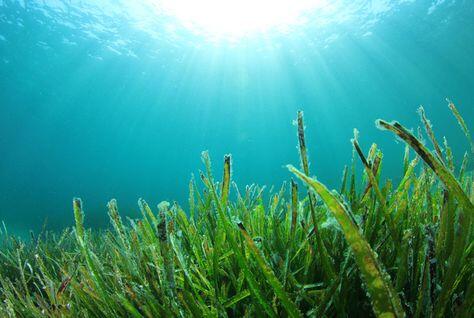International engineering consulting firm ByrneLooby has been commissioned to undertake a pilot study which could lead to the restoration of seagrass in certain areas of Bahrain’s marine environment.
The ByrneLooby office in Bahrain is carrying out the study to relocate seagrass to enhance existing habitats with the overall aim of increasing marine life within an area of reclamation.
The company was commissioned by developer Diyar Al Muharraq, a statement said.
If successful, the project could be the start of much larger scaled operations providing many developers across Bahrain with a tangible option for environmental compensatory measures.
While the replantation of seagrass has been attempted elsewhere in the Middle East, it is understood to be a first in Bahrain.
Seagrass beds are considered one of the most important primary producers (on both land and in the sea) in the region, contributing directly and indirectly to marine productivity and supporting a wide diversity of animals.
As flowering plants, seagrasses also contribute to O2 production and CO2 reduction through photosynthesis and their contribution to the reduction in greenhouse gasses is vital. Seagrasses are also important in terms of coastal defences.
The grass beds consolidate the offshore sediments allowing them to build up and deflect the force of incoming waves, thus reducing the impact on the coastline and coastal structures and increasing the stability of coastal features such as beaches for example.
“If the study proves successful, it would provide other developers in Bahrain with a good opportunity to relocate seagrass habitats that occur in areas where future reclamation is planned,” said Lauren van der Merwe, principal environmental specialist with ByrneLooby.
“Our client, Diyar Al Muharraq, has developed a large scale reclamation in North West Bahrain and are interested in looking at ways to give back to the environment. We are therefore exploring a number of options but considered developing the option of seagrass translocation because large areas of the reclamation were constructed on seagrass habitats”, Van der Merwe said.
ByrneLooby collected approximately 40 sq m of dense seagrass from a ‘donor site’ and transported it to three areas within the Diyar Al Muharraq development where it will be monitored over the coming months.
“I’m feeling confident. There was already limited seagrass in two out of the three sites at the donor locations and the seabed characterises were similar, however we’ll need to closely monitor the areas over the hotter summer months.”
Source: Arabian Bussiness











